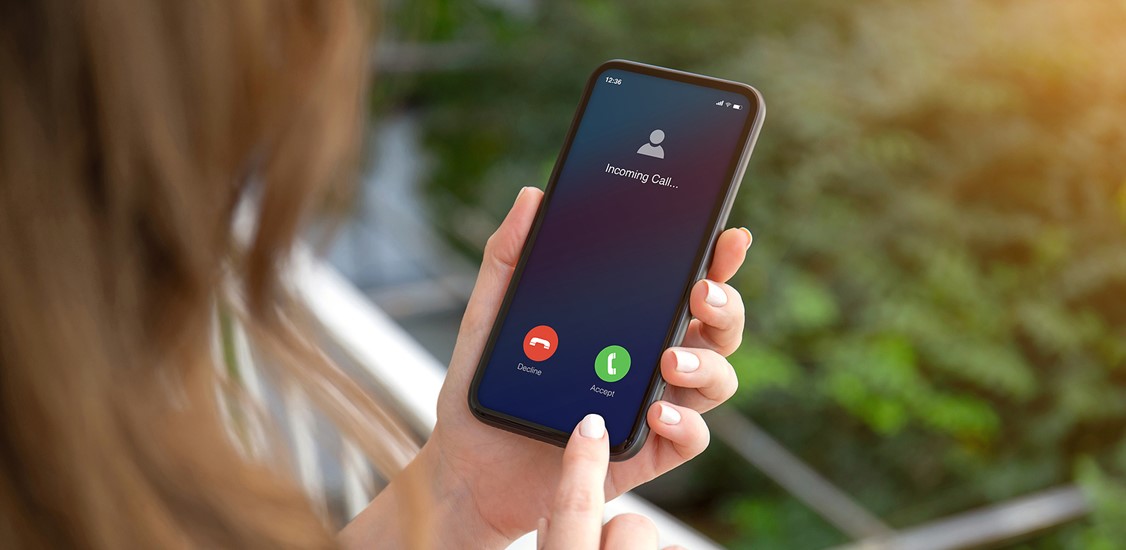Consumers receive a barrage of scam calls every day. A recent scam trends report found that U.S. mobile subscribers received over 100 billion scam calls during the first six months of 2022, resulting in over 80 million successful scam attempts with cumulative financial losses as high as $40 billion. Vehicle warranty and Social Security scam calls are among the top three most common types.
Consumers should take action to protect themselves from being scammed; however, businesses and organizations are also responsible for protecting consumers through technology that prevents their numbers from being spoofed.
Auto warranty renewal calls were the top robocall complaint filed with the Federal Communications Commission (FCC) in 2021. Americans filed 12,000 complaints that year about them to the FCC.
These robocalls typically include prerecorded messages that market vehicle service warranties, encouraging call recipients to follow prompts to speak with a “warranty specialist” about extending or reinstating their car warranty. [1]
The FCC took action in July 2022 to crack down on these calls by ordering phone companies to block calls from a known robocall auto warranty scam campaign responsible for more than “eight billion unlawful prerecorded message calls to American consumers since at least 2018.” [1]
While recent intervention at the federal level is helping to curb vehicle warranty scam calls, Social Security scams continue to rise. Government imposter phone scams increasingly plague consumers, with Social Security-related phone scams being the most common type. In 2021, government imposter phone scams caused losses of more than $331 million, and the SSA’s Office of the Inspector General (OIG) received approximately 360,000 reports of Social Security impersonators and related scams.
To defraud consumers, bad actors (also known as scammers) spoof legitimate government numbers to make those numbers appear on caller IDs. The majority (42.8%) of the SSA-related scams involved fraudsters pretending to be government employees, claiming identity theft or another problem with a Social Security Number (SSN), account, or benefits. Other common Social Security phone scams include offering a benefit increase, a cost-of-living adjustment, replacing lost Social Security cards, or projecting future benefits in return for payment or personal information.
On these scam calls, imposters will often:
- Threaten to suspend a Social Security Number
- Demand immediate payment
- Require payment by cash, gift card, pre-paid debit card, cryptocurrency, or wire transfer
- Ask for gift card numbers over the phone
- Ask for personal details or banking information to give a Cost-of-Living Adjustment
The SSA warns consumers to look out for any calls stating there is a problem with their SSN or account and offers tips to help consumers protect themselves from SSA-related phone scams, advising consumers to:
- Hang up on questionable calls and report the call to the SSA Office of the Inspector General.
- Don’t return unknown calls.
- Ask a trusted person for advice before making any large purchase or financial decision.
Another vital tip for consumers is not to assume the legitimacy of a number based on the caller ID display. Scammers are adept at spoofing phone numbers to appear as an incoming call is from Social Security or another trusted government entity.
Government organizations and businesses can use technology to show that an incoming call is legitimately from them. Branded communication technology enables organizations to create customized mobile displays for outbound dialing that deliver call context to consumers’ devices - including full name, business/organization logo, and the reason for calling.
Branded communication technology helps protect consumers in an environment where scam calls continue to increase, causing more people to fall victim to these scams. Approximately 53% of people reported receiving more scam calls in 2022 than in 2021.
This technology can also be an efficiency enabler, allowing government agencies like the Social Security Administration to spend more time on high-value activities and less time fielding calls about scams. A report by the OIG noted that “Imposter scams primarily affected SSA frontline operations, which consist of field offices and national 800-Number teleservice center staff. As the number of imposter scams increased, SSA frontline staff spent more time responding to public inquiries about them. The time spent responding to scam-related inquiries and making related fraud referrals to the OIG diverted frontline staff from completing their normal workloads, which include scheduling appointments, taking and adjudicating Social Security benefit claims and Supplemental Security Income applications, and handling post-entitlement issues.” [2]
As scam phone calls continue to dial up trouble for consumers, there are actionable steps they can take to protect themselves from falling victim to these scams. Businesses and organizations can also protect themselves from damaging their reputations and productivity from fraudsters spoofing their phone numbers by leveraging branded communication technology.
[1] Federal Communications Commission - https://docs.fcc.gov/public/attachments/DA-22-784A1.doc
[2] OIG - https://oig-files.ssa.gov/audits/full/A-02-20-50904.pdf






















